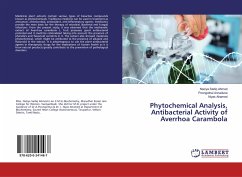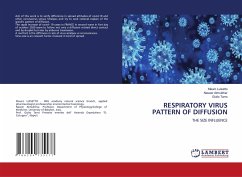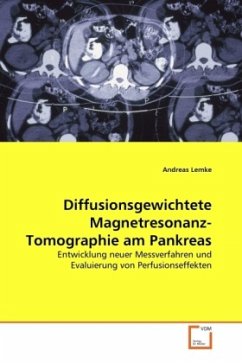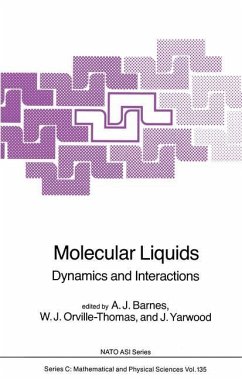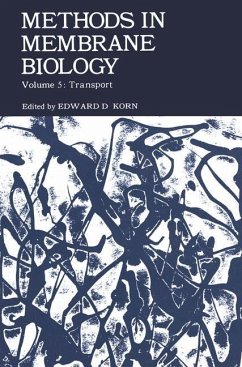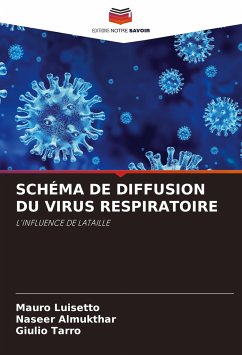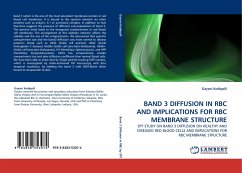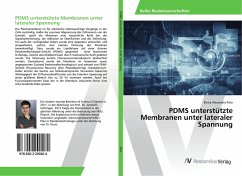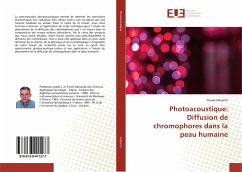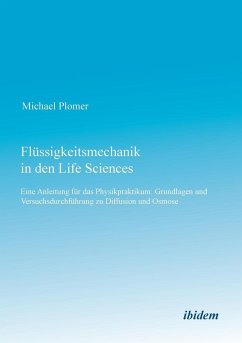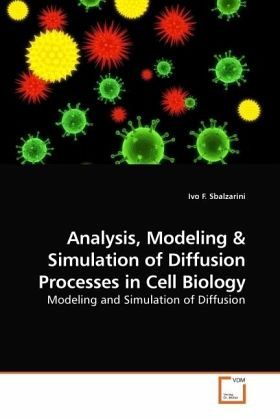
Analysis, Modeling
Modeling and Simulation of Diffusion
Versandkostenfrei!
Versandfertig in 6-10 Tagen
52,99 €
inkl. MwSt.

PAYBACK Punkte
26 °P sammeln!
Diffusion is a key transport mechanism in biological cells. Nutrition, organization, growth, and signal transduction in cells are largely determined by diffusion processes. The complex three-dimensional shapes of intracellular structures and the confinement of certain molecules to membranes, however, complicate experimental analysis and computational simulation of diffusion in live cells. This book presents computational methods to analyze, model, and simulate diffusion processes in cellular environments. This includes methods for image processing, motion analysis, parallel computing, and nume...
Diffusion is a key transport mechanism in biological cells. Nutrition, organization, growth, and signal transduction in cells are largely determined by diffusion processes. The complex three-dimensional shapes of intracellular structures and the confinement of certain molecules to membranes, however, complicate experimental analysis and computational simulation of diffusion in live cells. This book presents computational methods to analyze, model, and simulate diffusion processes in cellular environments. This includes methods for image processing, motion analysis, parallel computing, and numerical simulation of diffusion and reaction-diffusion in and on complex, moving and deforming shapes. The book also discusses the application of these methods to single-particle tracking and fluorescence recovery after photobleaching (FRAP) experiments. This includes automated particle tracking for video microscopy, trajectory analysis, machine learning to infer models from trajectories, and simulation protocols for FRAP. This should be useful for practitioners in the field and for researchers and students who want to learn more about computational methods. All software is available online.



